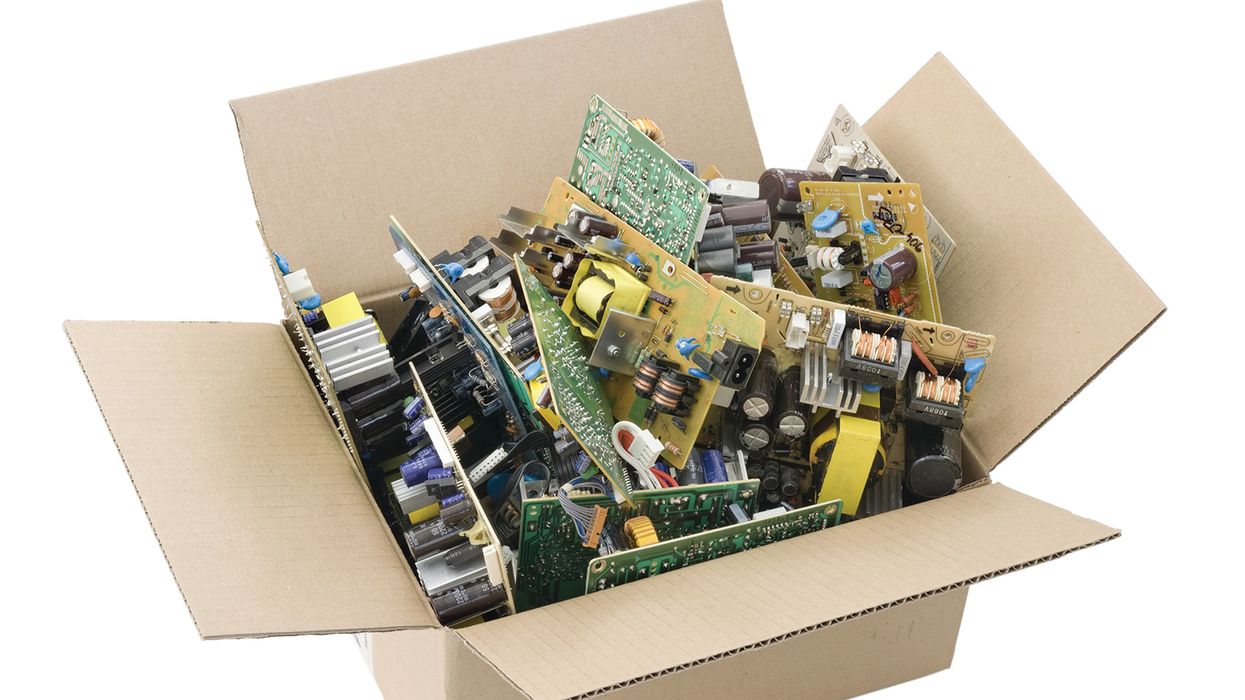Understanding the new renewable fuel standards
EPA established the biofuel volume requirement for 2023 to 2025, reducing reliance on foreign oil imports. These volume requirements are associated with the percentage standards for cellulosic biofuel, biomass-based diesel (BBD), advanced biofuel, and total renewable fuel. The final rule also included regulatory changes intended to improve the operation of the RFS program.
To reduce greenhouse gas emissions and expand the nation’s renewable fuels sector Congress created the Renewable Fuel Standard (RFS) program. It is also intended to reduce reliance on imported oil. As part of the program, EPA sets volume requirements on how much fuel is to be blended into the industry. The RFS program is a key federal policy that supports the development, production, and use of low carbon, domestically produced renewable fuels.
| Want more information on Greenhouse gases? Check out our Greenhouse gas ezExplanation |
Volume requirements
Volume requirements were set based on the analysis of factors required in the statute (40 CFR 80, 40 CFR 1090). For years after 2022, the Clean Air Act (CAA) gives EPA the authority to establish percentage standards for several years and at the same time it establishes the volume targets. The table below shows both the final volume targets and the percentage standards.
| 2023 | 2024 | 2025 | ||||
|---|---|---|---|---|---|---|
| Vol. | % | Vol. | % | Vol. | % | |
| Cellulosic biofuel | 0.84 | 0.48% | 1.09 | 0.63% | 1.38 | 0.81% |
| Biomass-based diesel | 2.82 | 2.58% | 3.04 | 2.82% | 3.35 | 3.15% |
| Advanced biofuel | 5.94 | 3.39% | 6.54 | 3.97% | 7.33 | 4.31% |
| Renewable fuel | 20.94 | 11.96% | 21.54 | 12.50% | 22.33 | 13.13% |
| Supplemental standard | 0.25 | 0.14% | n/a | n/a | n/a | n/a |
One RIN is equivalent to one ethanol-equivalent gallon of renewable fuel. RINs are used to describe total volumes in each of the four categories shown above, while gallons are used to describe volumes for individual types of biofuels such as ethanol, biodiesel, renewable diesel, etc. Exceptions include BBD (which is always given in physical volumes) and biogas (which are always given in RINs).
Regulatory changes
- Flexibility for RIN generation.
- Improvements to the third-party oversight provisions including engineering reviews, the RFS quality assurance program, and annual attest engagements.
- Establishing a deadline for third-party engineering reviews for three-year registration updates.
- Flexibilities for the generation and maintenance of records for waste feedstocks.
- Clarifying the definition of fuel used in ocean-going vessels.
- Modification of the regulatory provisions for biogas-derived renewable fuels to ensure that biogas is produced from renewable biomass and used as a transportation fuel and to allow for the use of biogas as a biointermediate.
Key to remember: EPA established the biofuel volume requirement for 2023 to 2025 under the Renewable Fuel Standard (RFS) program. The final rule also included regulatory changes intended to improve the operation of the RFS program.
















































